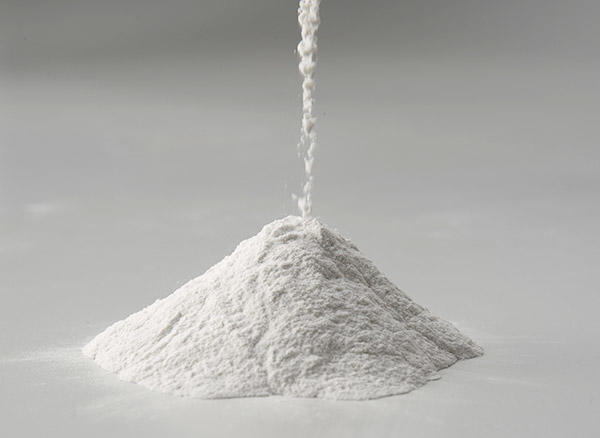Application of aluminum nitride in the field of high thermal conductivity

At present, the application of aluminum nitride in the field of high thermal conductivity mainly focuses on two aspects: packaging substrate and thermal conductive filler.
Ideal electronic packaging substrate material
The packaging substrate mainly uses the high thermal conductivity of the material itself to conduct heat away from the chip (heat source) to achieve heat exchange with the external environment. For power semiconductor devices, the packaging substrate must meet the following requirements:
(1) High thermal conductivity;
(2) Match the thermal expansion coefficient of the chip material;
(3) It has good heat resistance, meets the high temperature use requirements of power devices, and has good thermal stability;
(4) Good insulation, meeting the electrical interconnection and insulation requirements of the device;
(5) High mechanical strength, meeting the strength requirements of device processing, packaging and application processes;
(6) The price is appropriate and suitable for large-scale production and application.
Thermal conductive filler
With the miniaturization and high integration of electronic products and their devices, heat dissipation issues have become an important bottleneck restricting the development of electronic technology, and thermally conductive composite materials such as thermal interface materials, which determine the heat dissipation effect, have attracted more and more attention.
Currently, commercial thermally conductive composite materials are generally composed of polymers and thermally conductive fillers. Since the thermal conductivity of polymers is very low, generally less than 0.5W/m·K, the thermal conductivity of thermally conductive composite materials is mainly determined by thermally conductive fillers. At present, the most widely used fillers on the market are oxide fillers represented by Al2O3, etc. However, the intrinsic thermal conductivity of alumina is only 38~42W/m·K. Due to its limitation, it will be difficult to prepare heat dissipation materials that meet the requirements of the future. Thermal conductive composite materials required by the market.
It should be pointed out that although the overall performance of aluminum nitride is far better than that of aluminum oxide, beryllium oxide and silicon carbide, and it is considered an ideal material for highly integrated semiconductor substrates and electronic device packaging, it is prone to hydrolysis by absorbing water in the air. The reaction causes the surface to be coated with an aluminum hydroxide film, which interrupts the thermal conduction path and affects the transmission of phonons. Moreover, its large content of filling will greatly increase the viscosity of the polymer, which is not conducive to molding processing.
In order to overcome the above problems, the surface modification of aluminum nitride thermally conductive particles must be carried out to improve the interface bonding problem between the two. At present, there are two main methods to modify the surface of inorganic particles. One is the surface chemical reaction method, which is the adsorption or reaction of small molecular substances such as coupling agents on the surface of inorganic particles. The other is the surface grafting method, which is a grafting reaction between polymer monomers and hydroxyl groups on the surface of inorganic particles.
Currently commonly used are coupling agent surface modifications, such as silane and titanate coupling agents and other types of surface treatment agents. Compared with the surface chemical reaction method, the surface grafting method has greater flexibility. It can select monomers and grafting reaction processes that meet the conditions according to different characteristic requirements.
